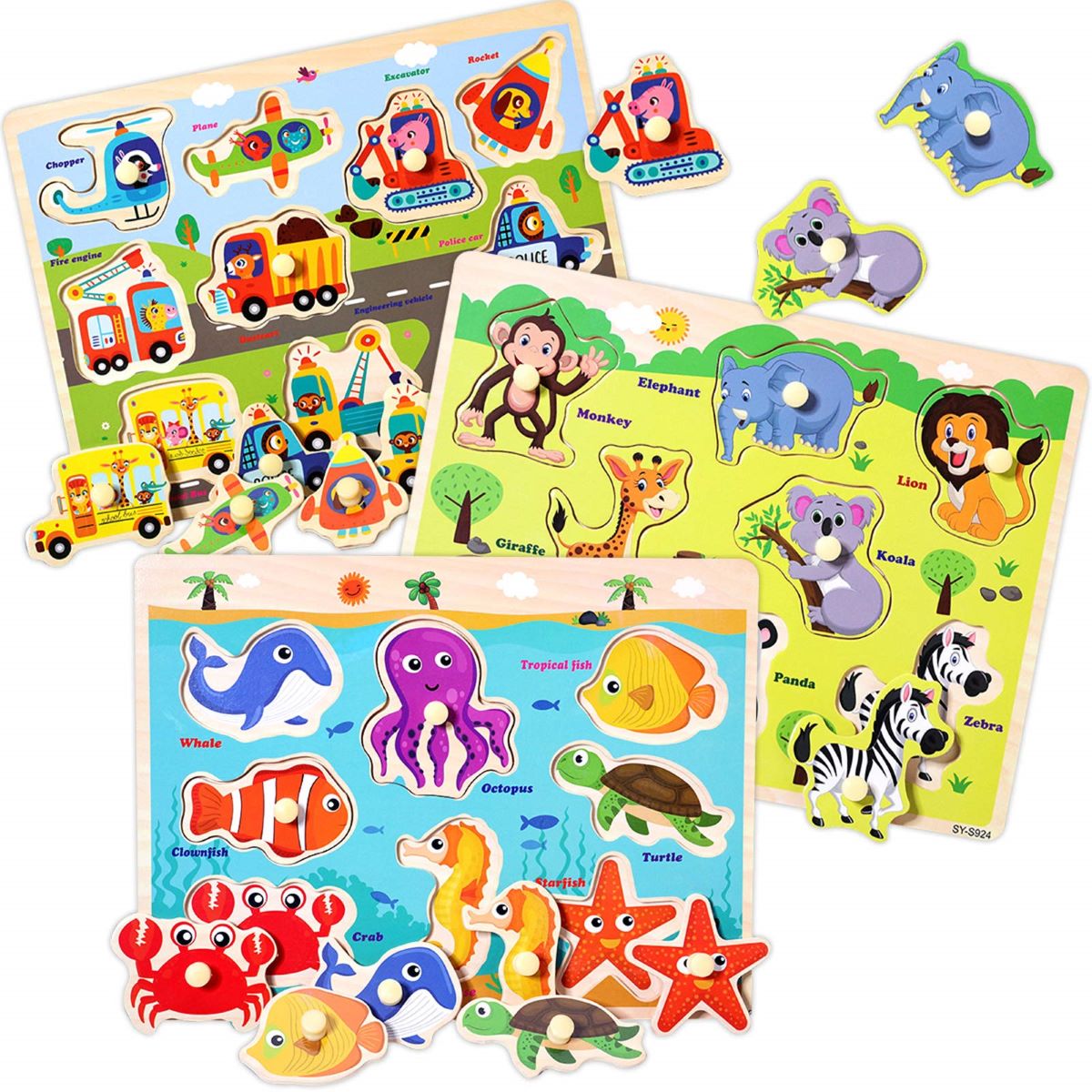

Articles
How To Store Puzzles For Toddlers
Modified: March 19, 2024
Discover the best articles on how to store puzzles for toddlers and keep their playtime organized and stress-free. Find tips and ideas for storing puzzles efficiently and preserving their longevity.
(Many of the links in this article redirect to a specific reviewed product. Your purchase of these products through affiliate links helps to generate commission for Storables.com, at no extra cost. Learn more)
Introduction
As a parent of a toddler who loves puzzles, you know how important it is to provide them with fun and educational activities. Puzzles not only help improve their cognitive skills and problem-solving abilities but also keep them engaged and entertained. However, with an increasing collection of puzzles, storage can quickly become a challenge.
Properly storing puzzles is crucial to keep them in excellent condition, prevent missing pieces, and ensure easy access for future playtime. In this article, we will explore various storage solutions and techniques that will help you keep your toddler’s puzzles organized and maintained. So let’s dive in!
Key Takeaways:
- Properly storing puzzles for toddlers is crucial for organization and maintenance, ensuring easy access and preventing missing pieces. Choose the right storage solution and implement effective sorting and organizing techniques to optimize your puzzle storage.
- Utilize various storage methods such as boxes, puzzle storage cases, pegboards, or ziplock bags to keep your toddler’s puzzles intact and ready for playtime. Implement maintenance and cleaning practices to preserve the quality and lifespan of your stored puzzles.
Read more: How To Store Toddler Puzzles
Choosing the Right Storage Solution
When it comes to storing puzzles for toddlers, it’s essential to choose the right storage solution that is not only practical but also caters to the specific needs of your child. Here are some factors to consider when selecting a storage solution:
- Size: Consider the size of your puzzle collection and the available space in your home. If you have a large collection, you may need a storage solution with ample capacity.
- Accessibility: Look for a storage solution that allows easy access to the puzzles. Toddlers often get excited about playing with their puzzles, so having a storage option that allows them to independently retrieve and put away their puzzles is ideal.
- Durability: Choose a storage solution that is sturdy and durable to protect the puzzles from damage. Toddlers can be rough with their toys, so opting for a storage option made of high-quality materials will ensure longevity.
- Organization: Consider how you want to organize your puzzle collection. Some storage solutions offer compartments or dividers, allowing you to keep puzzles sorted by size, theme, or difficulty level.
- Portability: If you’re looking for a storage solution that allows you to easily transport the puzzles, consider options with handles or those that can be folded down for convenience.
Once you have considered these factors, you can explore various storage options that align with your preferences and requirements. Let’s explore some of the most common and effective puzzle storage solutions.
Sorting and Organizing Puzzle Pieces
Before you start storing your toddler’s puzzles, it’s essential to sort and organize the puzzle pieces. This step ensures that each puzzle remains complete and makes it easier for your child to find the pieces they need. Here are some tips to help you sort and organize puzzle pieces:
- Sort by puzzle: Group the puzzle pieces according to their respective puzzles. This will prevent confusion and make it easier to find specific pieces when your child wants to play with a particular puzzle.
- Use resealable bags: Place the puzzle pieces of each puzzle in separate resealable bags. Label each bag with the name or image of the puzzle to easily identify them. This method also prevents the pieces from getting mixed up with other puzzles.
- Sort by size or shape: If you have a large collection of puzzles, you may want to consider sorting the puzzle pieces by size or shape. This can be helpful when searching for specific pieces or when sorting puzzles with similar-sized pieces.
- Consider color coding: For older toddlers who can recognize colors, color coding the puzzle pieces or bags can be a fun way to organize them. Assign a specific color to each puzzle or puzzle category to make it visually appealing and easier for your child to spot the puzzles they want to play with.
- Use labels: If you prefer a more systematic approach, consider using labels or stickers to mark each puzzle piece or bag with numbers or letters. This can be helpful for toddlers who are learning numbers or letters and can provide a sorting and matching activity for them.
By sorting and organizing puzzle pieces, you not only ensure that each puzzle remains complete but also create a system that allows for easy retrieval and cleanup. Now that you have organized the puzzle pieces, let’s move on to the different storage solutions available.
Preparing Puzzles for Storage
Before you store your toddler’s puzzles, it’s essential to prepare them properly to ensure their longevity and prevent any damage. Here are some steps to follow when preparing puzzles for storage:
- Clean the puzzles: Before storing puzzles, it’s a good idea to clean them. Use a soft, slightly damp cloth to gently wipe the puzzle pieces, removing any dust or debris. Avoid using harsh cleaning agents, as they may damage the puzzle pieces or artwork.
- Check for missing pieces: Take a few moments to check each puzzle for missing pieces. If you find any missing pieces, set the puzzle aside and consider contacting the manufacturer to inquire about replacements.
- Inspect puzzle condition: Examine the puzzle pieces and the puzzle board or backing to ensure there are no signs of wear or damage. If you notice any loose pieces or pieces that are starting to peel, consider using a non-toxic adhesive to secure them back in place.
- Consider reinforcing the puzzle: For puzzles that are frequently used or handled by your toddler, you may want to consider reinforcing them to prevent pieces from coming loose over time. You can use clear contact paper or adhesive film to cover the puzzle surface, creating a protective layer.
- Allow puzzles to dry: If you have cleaned the puzzles with a damp cloth, make sure to let them air dry completely before storing them. Moisture can lead to mold growth or damage the puzzle pieces, so it’s important to ensure they are thoroughly dry.
By following these steps, you can ensure that your toddler’s puzzles are clean, complete, and in good condition before storing them. This preparation will not only help protect the puzzles but also make them ready for future playtime. Now let’s explore different storage options for storing puzzles.
Storing Puzzles in Boxes
One of the most common and practical ways to store puzzles is by using storage boxes. Here are some steps to help you effectively store puzzles in boxes:
- Select the right-sized box: Choose a storage box that is large enough to accommodate the puzzle size. Make sure the box has enough depth to prevent any bending or damage to the puzzle pieces.
- Separate puzzle pieces: Take each puzzle and separate the pieces. Place them in resealable plastic bags or small containers to keep them organized within the box. Label each bag or container with the name or image of the puzzle.
- Stack the puzzles: Carefully stack the puzzles in the box, with the heaviest puzzles at the bottom and lighter ones on top. You can place a sheet of tissue paper or thin cardboard between each puzzle to prevent them from scratching or rubbing against each other.
- Add a list or inventory: Consider creating an inventory list or index card that lists all the puzzles stored in the box. This will help you quickly locate a specific puzzle without having to sift through all the boxes.
- Secure and label the box: Once you have placed the puzzles in the box, secure the lid tightly. You can also label the box with the contents or use colorful stickers or decals to make it easier to identify.
By storing puzzles in boxes, you keep them organized, protected, and easily accessible whenever your toddler wants to play. Additionally, the box method allows for efficient use of space and makes it easier to stack and store multiple puzzles together. Now let’s explore another popular puzzle storage solution – puzzle storage cases.
Read more: How To Store Puzzle
Using Puzzle Storage Cases
Puzzle storage cases are specifically designed to keep puzzles organized and protected. These cases often come with compartments or trays to store puzzle pieces, making it easy to keep puzzles sorted and accessible. Here’s how you can effectively use puzzle storage cases:
- Choose the right case size: Select a puzzle storage case that can accommodate the size of your puzzles. Make sure it has enough compartments or trays to hold the puzzle pieces securely.
- Sort puzzle pieces: Separate the puzzle pieces of each puzzle and place them in the designated compartments or trays. This helps keep the pieces organized, prevents mixing, and allows for easy retrieval.
- Label each compartment: To make it even easier to find specific puzzle pieces, consider labeling each compartment with the name or image of the corresponding puzzle. This will save you time and frustration when searching for a particular puzzle piece.
- Secure the case: Most puzzle storage cases come with a latch or lock mechanism to keep the case securely closed. Ensure that the case is tightly secured to prevent any accidental openings or spilling of puzzle pieces.
- Stack and store: Puzzle storage cases are designed to be stackable, allowing you to save space when storing multiple cases. Make sure to stack them in a stable and secure location, so they do not topple over.
Using puzzle storage cases provides a convenient and organized solution for storing puzzles. They keep the puzzle pieces secure, prevent mixing, and allow for easy access and retrieval. Now, let’s explore another option for storing puzzles – hanging them on pegboards.
Store puzzles for toddlers in clear plastic bags or containers with secure lids to keep all the pieces together. Label the bags or containers with the name or picture of the puzzle for easy identification.
Hanging Puzzles on Pegboards
If you’re looking for a unique and visually appealing way to store your toddler’s puzzles, consider hanging them on pegboards. Here’s how you can effectively hang puzzles on pegboards:
- Select a suitable pegboard: Choose a pegboard that is large enough to accommodate the size and quantity of puzzles you want to hang. Make sure it is sturdy and securely mounted on the wall.
- Attach hanging hooks: Install hooks or pegboard accessories on the board to hang the puzzles. Ensure that the hooks are spaced apart adequately to allow enough room for each puzzle.
- Securely hang the puzzles: Place each puzzle on a separate hook or hanger, ensuring that they are securely attached. You may need to use additional accessories such as clips or binder rings to hold the puzzle pieces together if they are not firmly connected.
- Arrange the puzzles: Once all the puzzles are hung, arrange them in a visually appealing manner. You can group them by theme, size, or color to create an organized and eye-catching display.
- Label or add artwork: Consider labeling each puzzle or adding artwork that corresponds to the puzzle’s theme. This not only makes it easier to identify each puzzle but also adds an extra touch of creativity to the display.
Hanging puzzles on pegboards not only provides a practical storage solution but also serves as a decorative element in the room. It allows your toddler to easily see and access their puzzles, adding an interactive and visually stimulating component to their play area. Now, let’s explore another simple yet effective puzzle storage method – using ziplock bags.
Storing Puzzles in Ziplock Bags
If you’re looking for a cost-effective and space-saving solution for storing your toddler’s puzzles, using ziplock bags is a great option. Here’s how you can effectively store puzzles in ziplock bags:
- Sort puzzle pieces: Begin by separating the puzzle pieces of each puzzle. Keep the pieces of each puzzle together to ensure they are not mixed up.
- Place puzzle pieces in bags: Place the puzzle pieces of each puzzle in separate ziplock bags. If the puzzle set includes multiple puzzles, you can place each puzzle’s pieces in a larger ziplock bag and label it accordingly.
- Remove excess air: Before sealing the ziplock bags, press out any excess air to minimize the bag’s size and prevent the puzzle pieces from shifting around.
- Label each bag: Use a marker or label stickers to indicate the name or image of the puzzle on each ziplock bag. This will help you quickly identify the puzzle you’re looking for.
- Store bags in a container: Once all the puzzles are placed in ziplock bags, you can store them in a larger container or bin. Consider organizing the bags by size, theme, or difficulty level for easy accessibility.
Storing puzzles in ziplock bags is a practical and convenient solution that helps keep the puzzle pieces together and prevents them from getting lost or mixed up with other puzzles. The clear bags also allow for easy identification of the puzzles, saving you time when your toddler wants to play with a specific puzzle. Now, let’s explore another option – creating a DIY puzzle storage system.
Creating a DIY Puzzle Storage System
If you enjoy craft projects and want a customized and budget-friendly solution for storing your toddler’s puzzles, creating a DIY puzzle storage system can be a fun and rewarding project. Here’s how you can create your own DIY puzzle storage system:
- Assess your space and needs: Determine the available space in your home and assess how many puzzles you need to store. This will help you determine the size and design of your DIY storage system.
- Choose your materials: Select the materials based on your preferences and budget. You can consider using materials such as wood, plastic bins, cardboard boxes, or repurposed items like shoeboxes or storage crates.
- Create compartments: Depending on the type of materials you choose, you can create compartments or dividers to keep the puzzles organized. For example, you can use wooden dividers or repurpose small containers to create individual sections for each puzzle.
- Add labels or artwork: Enhance the visual appeal of your DIY storage system by adding labels or artwork that correspond to each puzzle. You can use stickers, printed labels, or create hand-drawn artwork to make it more personalized and engaging.
- Arrange and assemble: Once you have all the components ready, arrange and assemble the DIY puzzle storage system according to your design. Make sure it is sturdy and can withstand the weight of the puzzles.
- Test and refine: Test the functionality of your DIY puzzle storage system by inserting the puzzles and ensuring they fit properly. Make any necessary adjustments or refinements to improve its efficiency.
Creating a DIY puzzle storage system gives you the freedom to design a storage solution that perfectly fits your needs and preferences. It allows you to be creative while having a functional and organized space to store your toddler’s puzzles. Now that you have explored different storage options, let’s discuss how to maintain and clean stored puzzles.
Read more: How To Store Puzzle Boxes
Maintaining and Cleaning Stored Puzzles
Proper maintenance and cleaning of stored puzzles are essential to ensure their longevity and continued enjoyment. Here are some tips to help you maintain and clean stored puzzles:
- Regularly inspect the puzzles: Periodically check the stored puzzles for any signs of wear, damage, or missing pieces. If you come across any issues, address them promptly to prevent further damage.
- Keep the storage area clean and dry: Ensure the storage area for the puzzles is clean, dry, and free from excessive moisture. Moisture can lead to mold growth or damage the puzzle pieces, so it’s important to keep the environment optimal for storing puzzles.
- Avoid exposure to direct sunlight: Prolonged exposure to direct sunlight can cause the colors of the puzzle pieces to fade over time. Therefore, it’s best to store puzzles in a shaded area or use UV-protective covers or cases if sunlight is unavoidable.
- Store puzzles away from extreme temperatures: Extreme temperatures can also affect the durability of the puzzle pieces. Avoid storing puzzles in areas prone to extreme heat or cold, such as attics or basements.
- Handle puzzles with clean hands: Before playing with or handling stored puzzles, ensure that your hands are clean and free from any substances that may transfer onto the puzzle pieces. Oils, lotions, or food residue can affect the integrity of the puzzle pieces or leave stains.
- Clean puzzles when necessary: If you notice dust or dirt buildup on the puzzle pieces, you can clean them using a slightly damp cloth or a gentle cleaning solution specifically designed for puzzles. Avoid soaking the pieces or using abrasive cleaners.
- Follow manufacturer’s instructions: If your puzzles come with specific cleaning or maintenance instructions, be sure to follow them. Different puzzle materials may require different care techniques.
By implementing these maintenance and cleaning practices, you can preserve the quality and lifespan of your stored puzzles. It’s important to remember that proper storage and care contribute to the longevity and enjoyment of your toddler’s puzzle collection. Now, let’s wrap up our discussion.
Conclusion
Storing puzzles for toddlers can be a challenging task, but with the right storage solutions and techniques, you can keep your toddler’s puzzle collection organized, protected, and easily accessible. By choosing the right storage solution that suits your needs, sorting and organizing puzzle pieces, preparing puzzles for storage, and utilizing various storage methods such as boxes, puzzle storage cases, pegboards, or ziplock bags, you can ensure that your toddler’s puzzles remain intact and ready for playtime.
Whether you opt for store-bought storage options or decide to get creative with a DIY puzzle storage system, each method has its own advantages. Boxes provide a practical and efficient way to stack and store puzzles, while puzzle storage cases offer compartments for easy organization. Hanging puzzles on pegboards not only saves space but also adds a decorative element to your child’s play area. Ziplock bags offer a cost-effective and space-saving solution, particularly useful for smaller puzzle collections.
Additionally, maintaining and cleaning stored puzzles is essential for their longevity and continued enjoyment. Regularly inspecting puzzles, keeping the storage area clean and dry, avoiding direct sunlight and extreme temperatures, handling puzzles with clean hands, and following any specific cleaning instructions from the manufacturer are key practices to preserve the quality of your puzzles.
Remember, the goal is to create a well-organized and accessible puzzle collection that encourages your toddler’s cognitive development and provides them with hours of entertainment. By implementing the tips and techniques discussed in this article, you can ensure that your toddler’s puzzles are properly stored and maintained, allowing for a seamless and enjoyable playtime experience for both you and your child.
So go ahead and optimize your puzzle storage today to create a stress-free and organized environment that fosters your child’s love for puzzles!
Frequently Asked Questions about How To Store Puzzles For Toddlers
Was this page helpful?
At Storables.com, we guarantee accurate and reliable information. Our content, validated by Expert Board Contributors, is crafted following stringent Editorial Policies. We're committed to providing you with well-researched, expert-backed insights for all your informational needs.
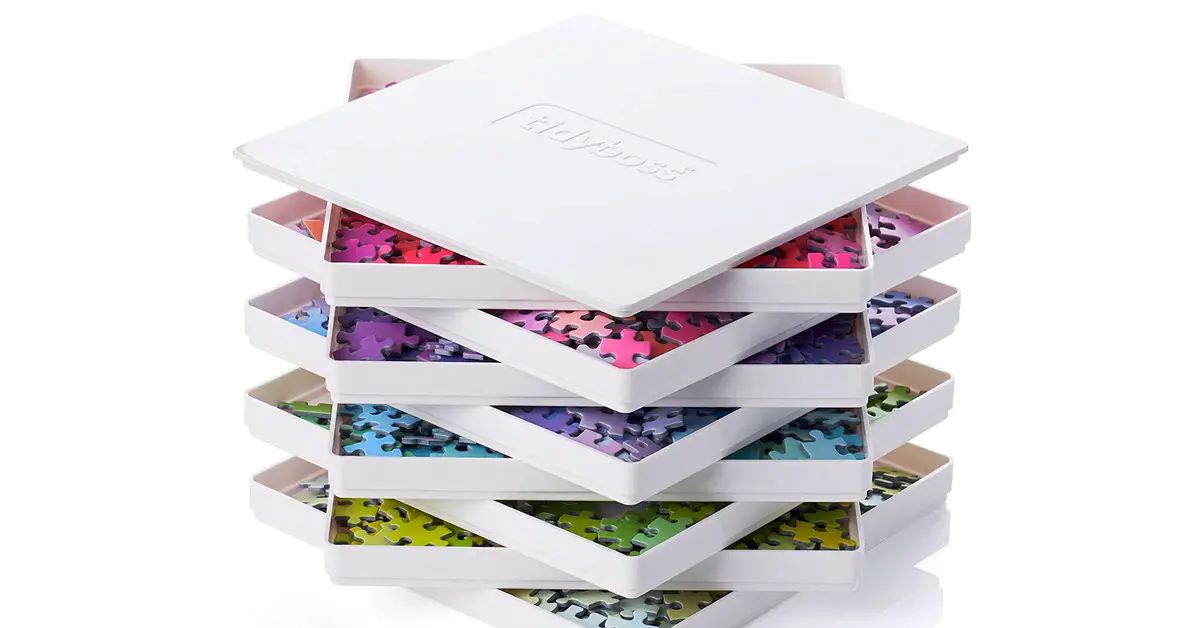
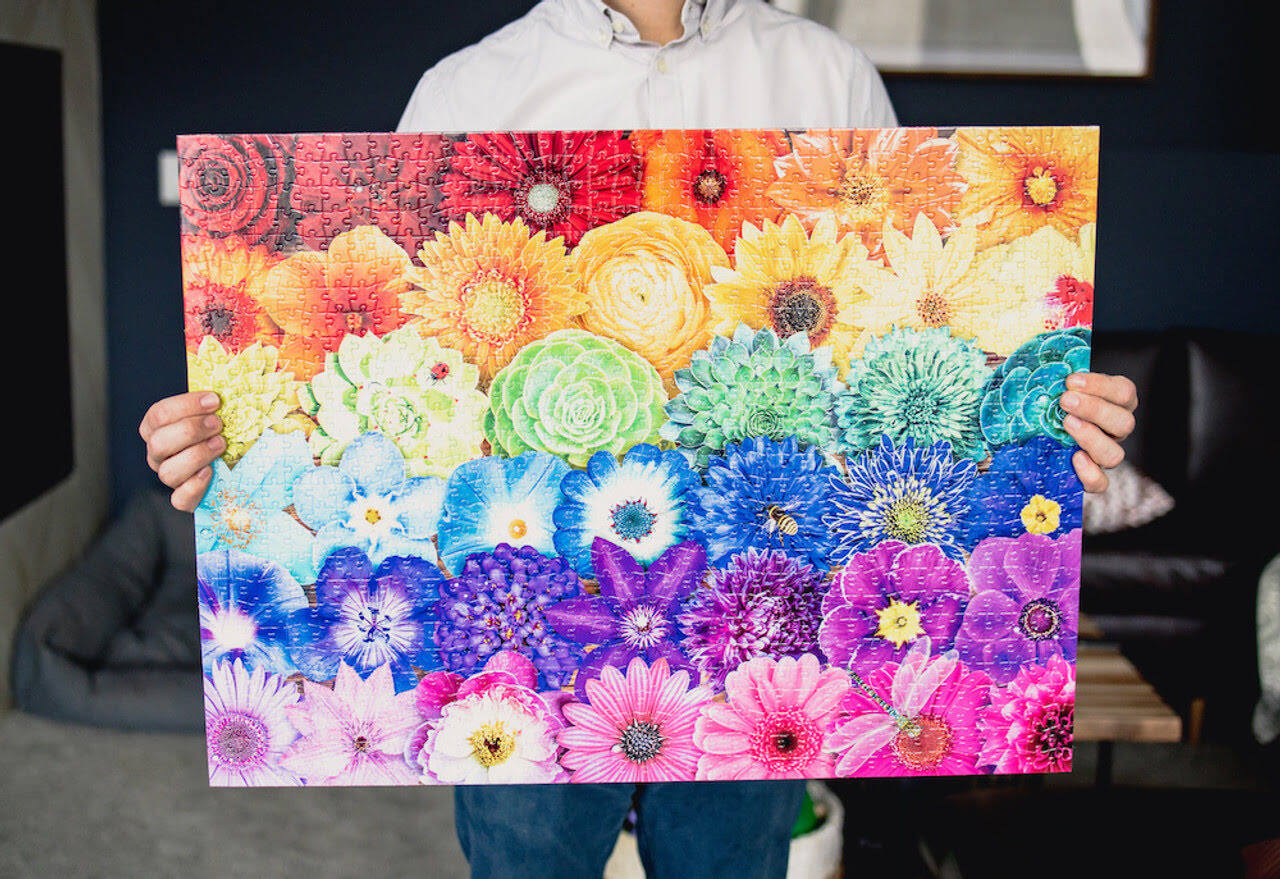
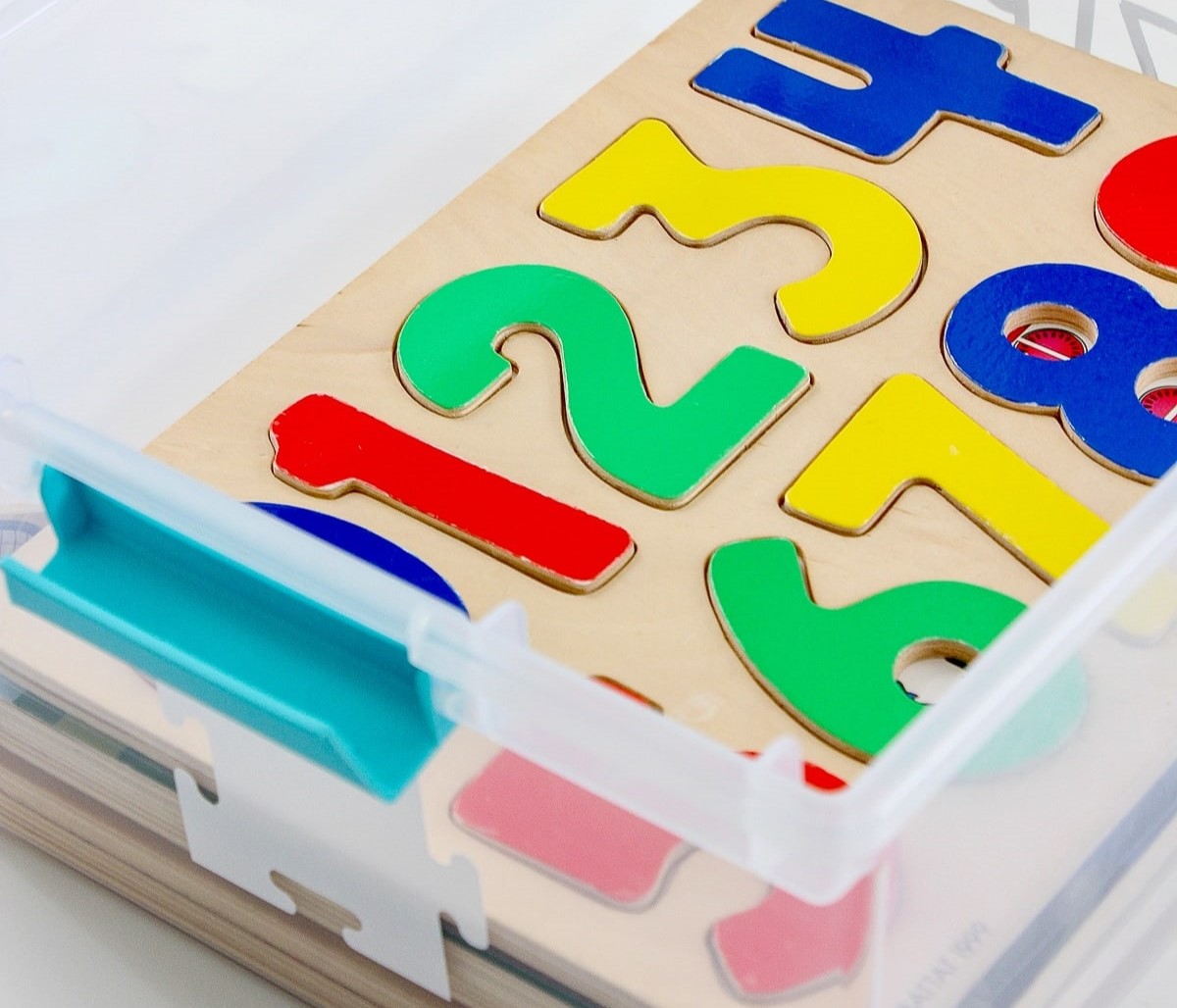
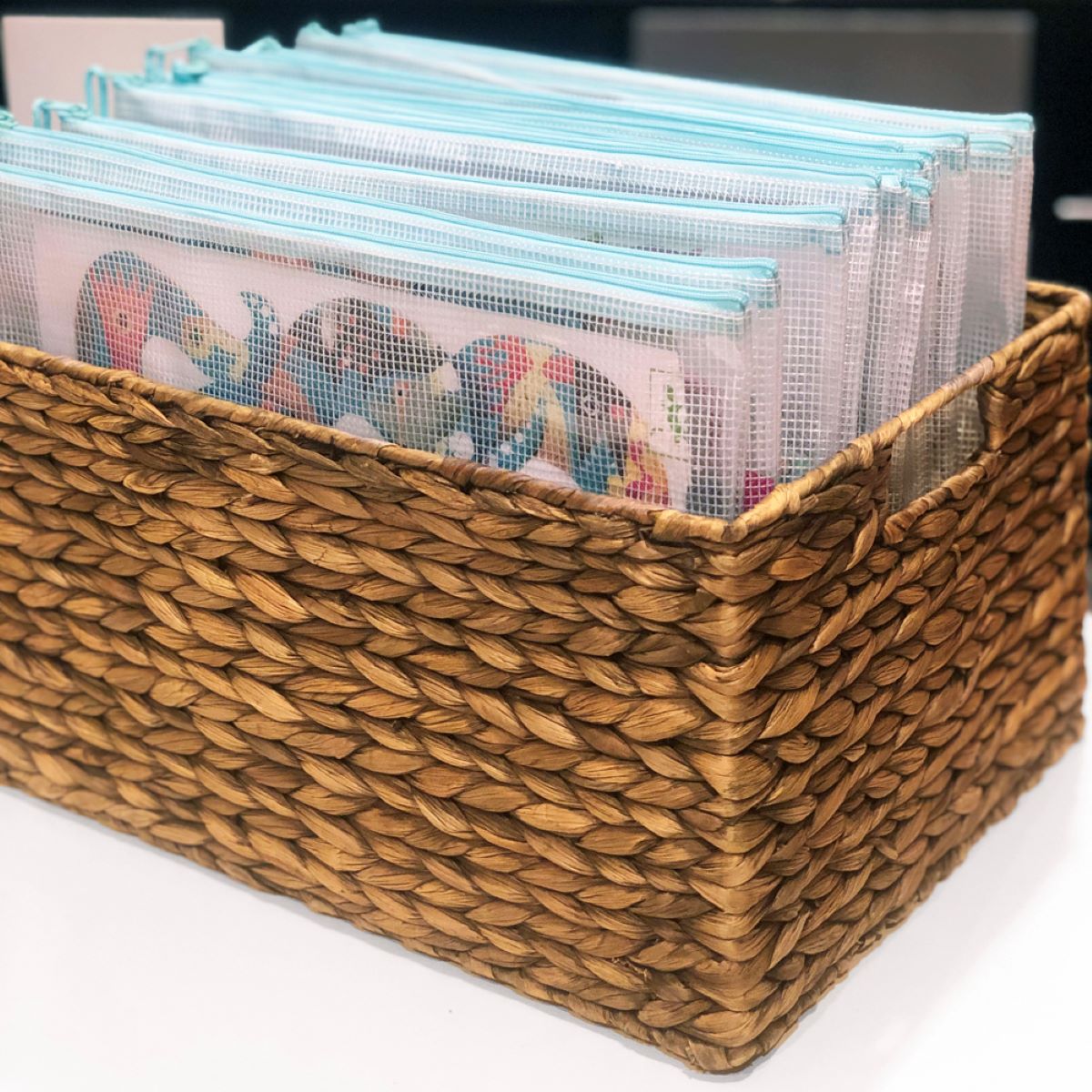
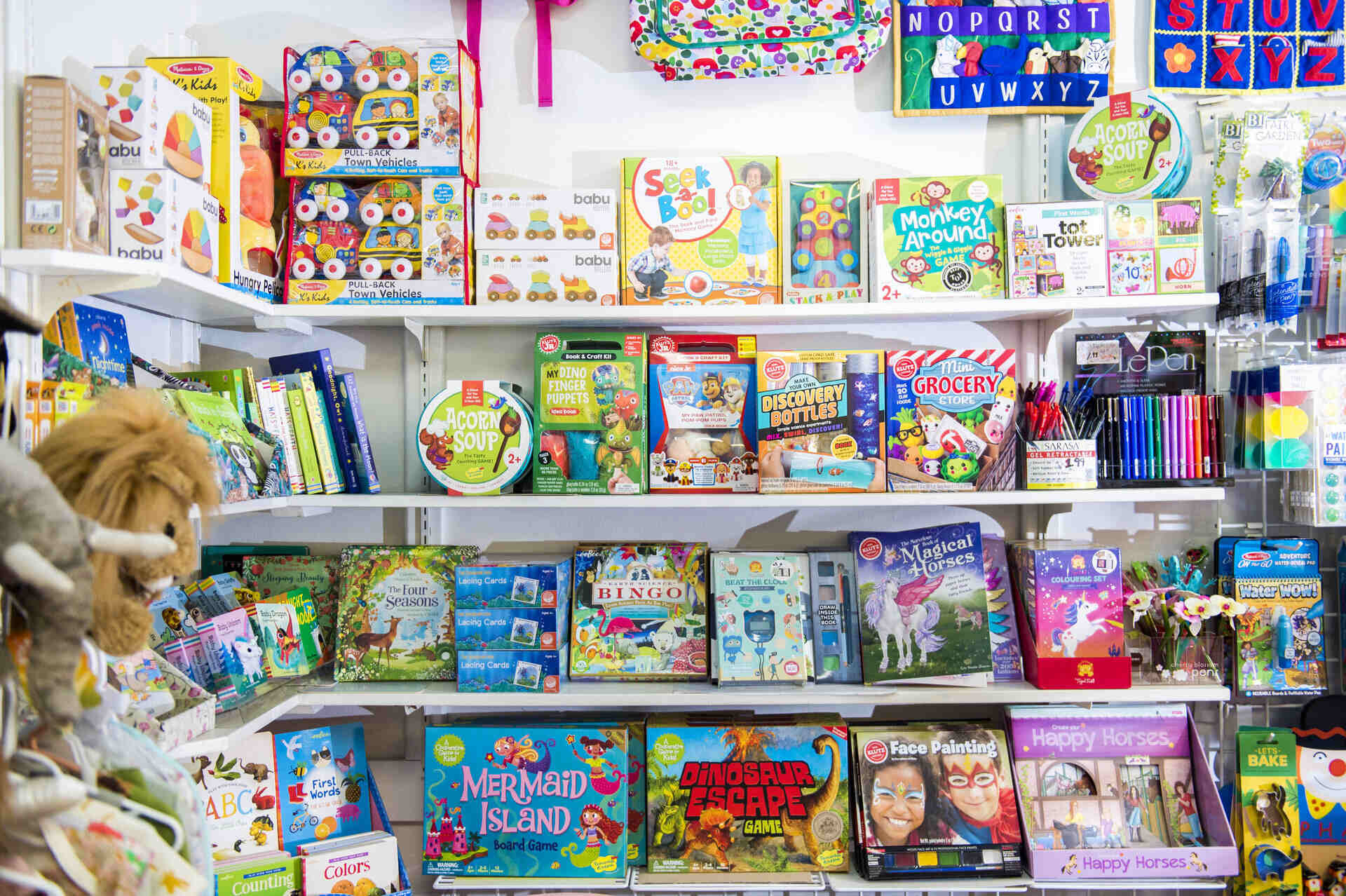
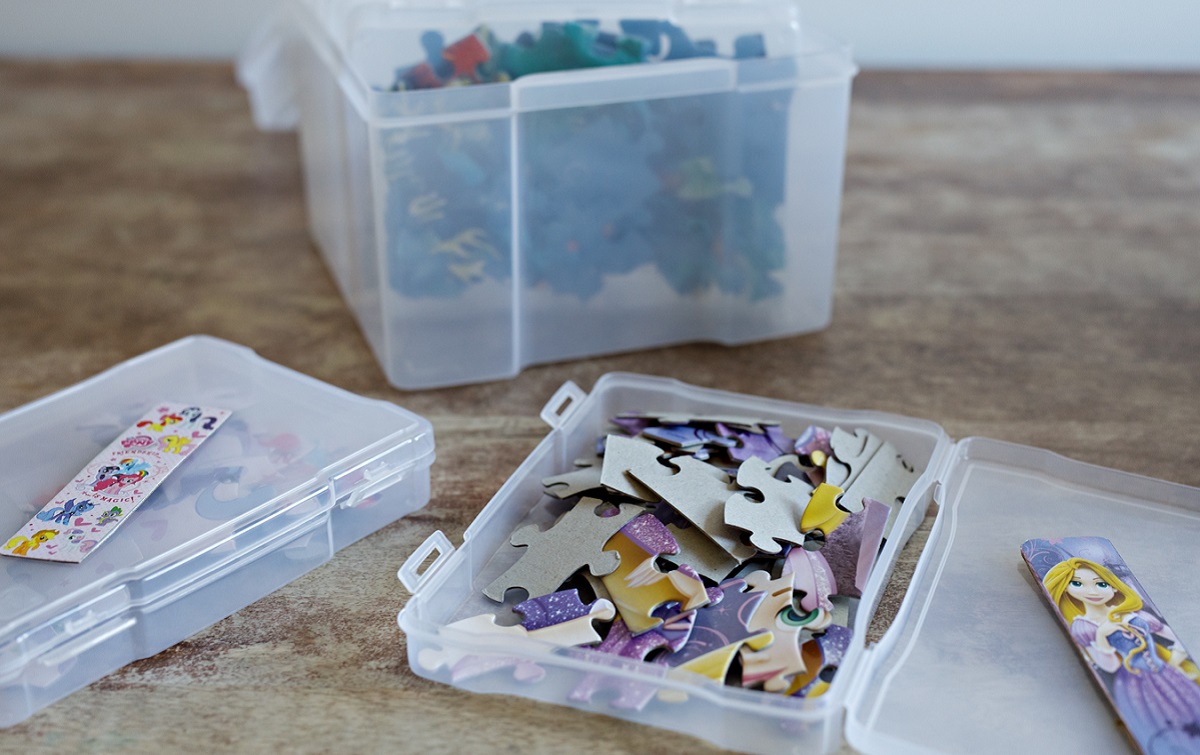
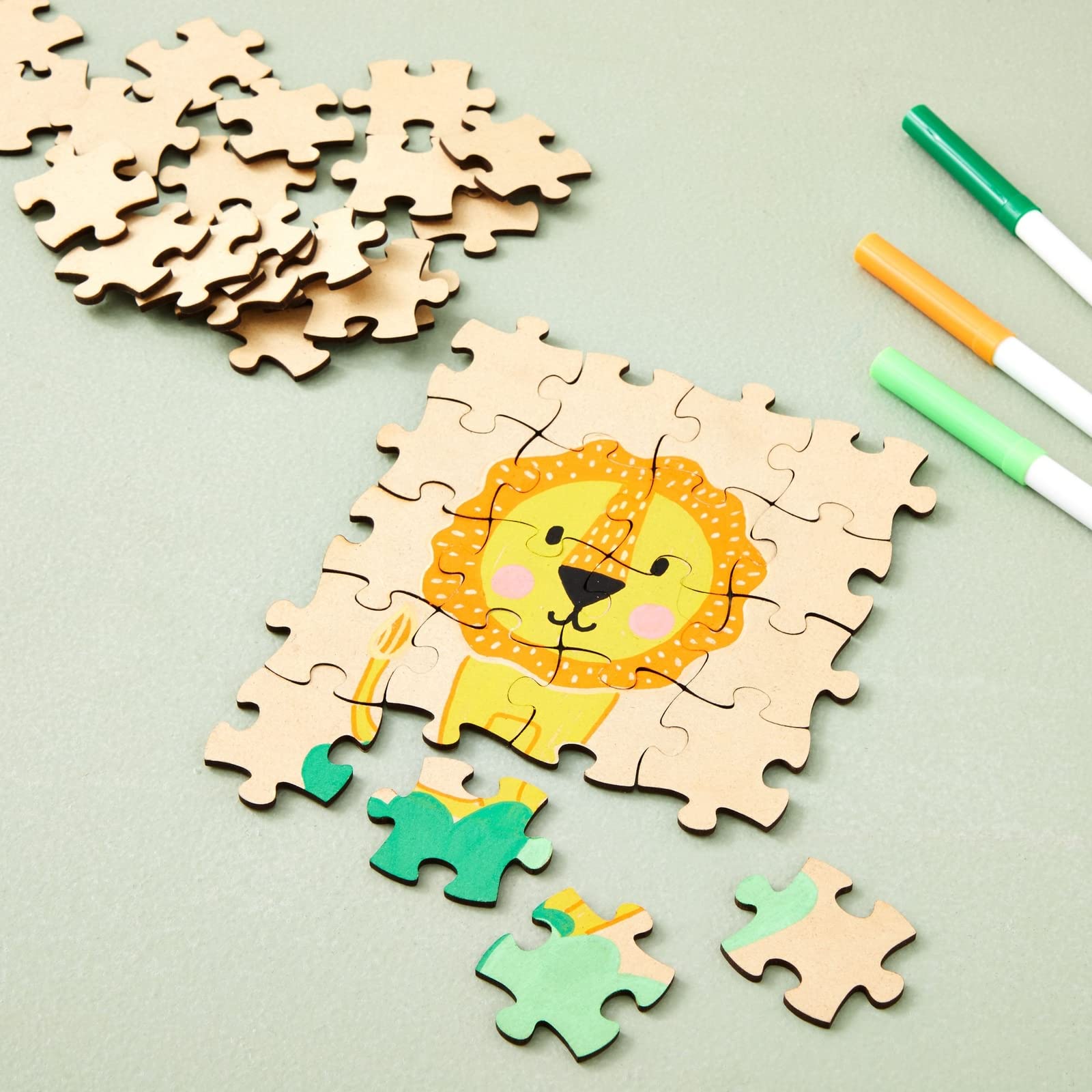
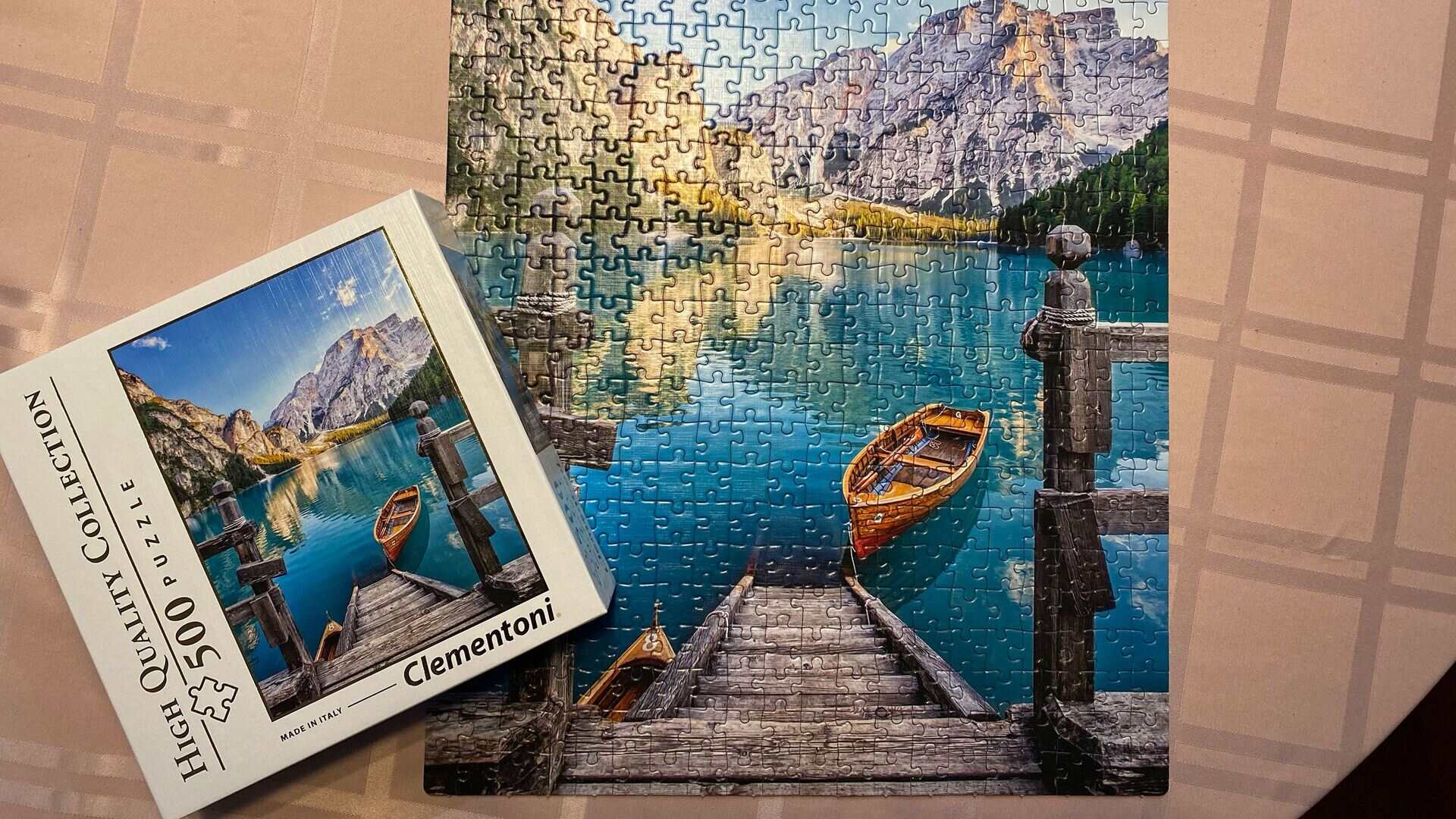
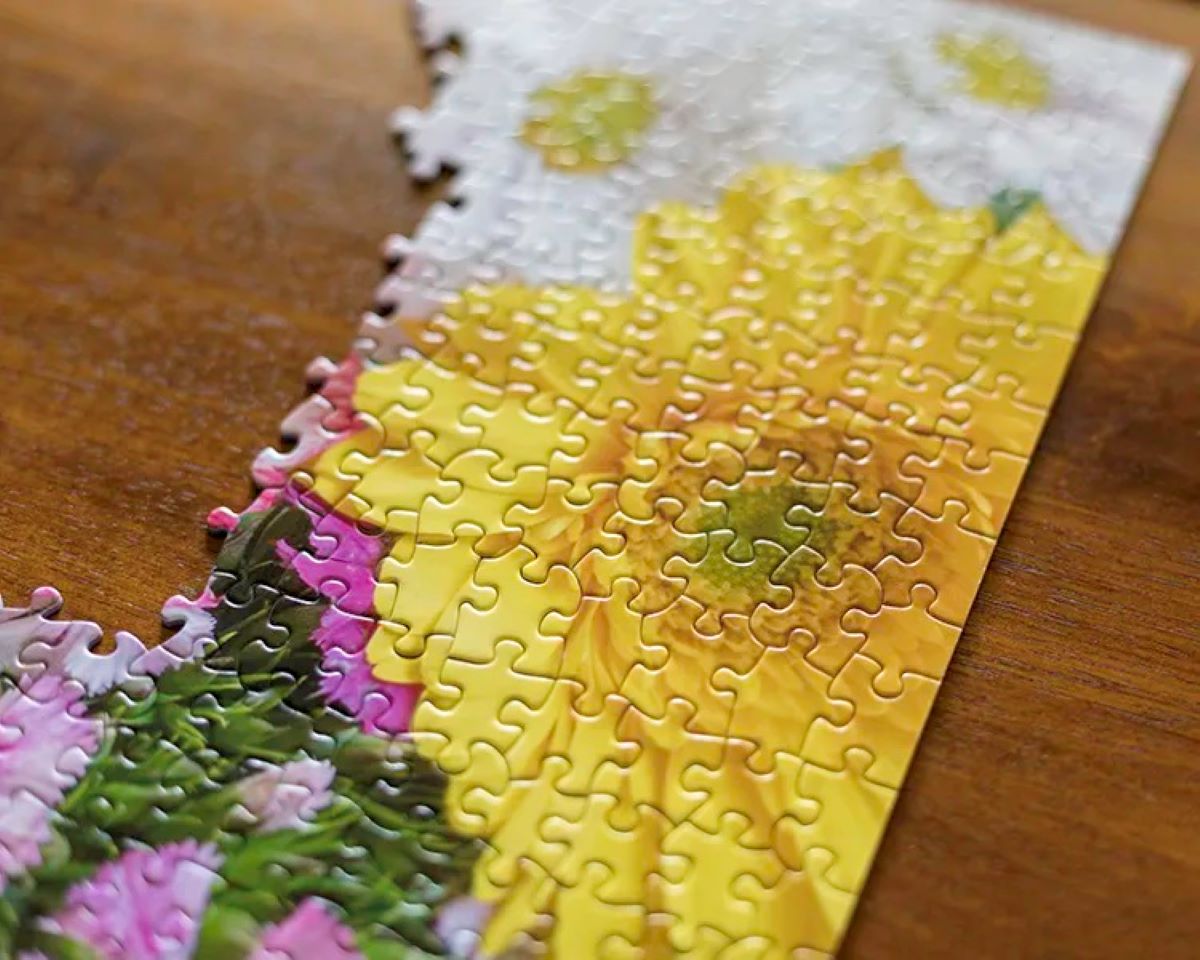
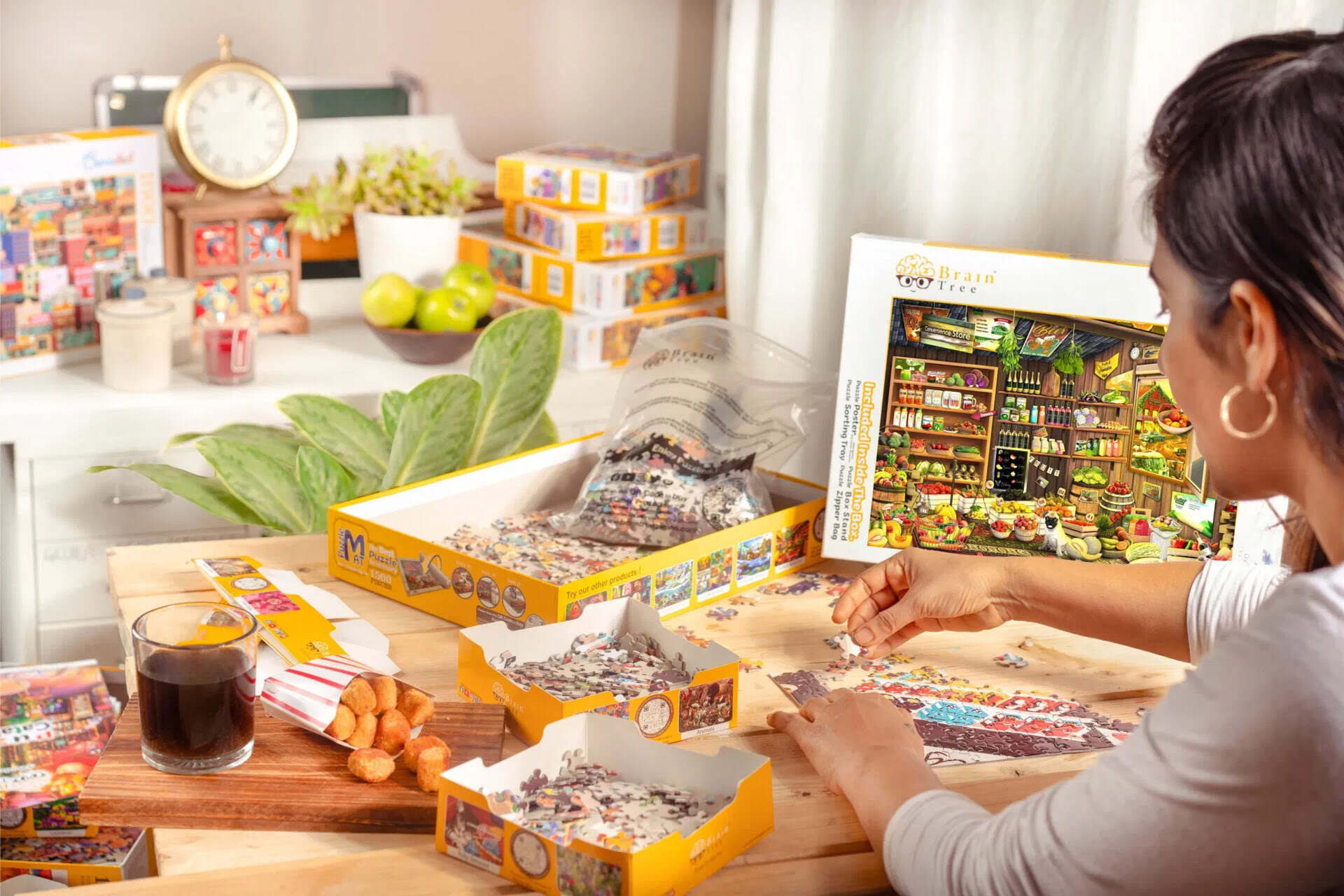
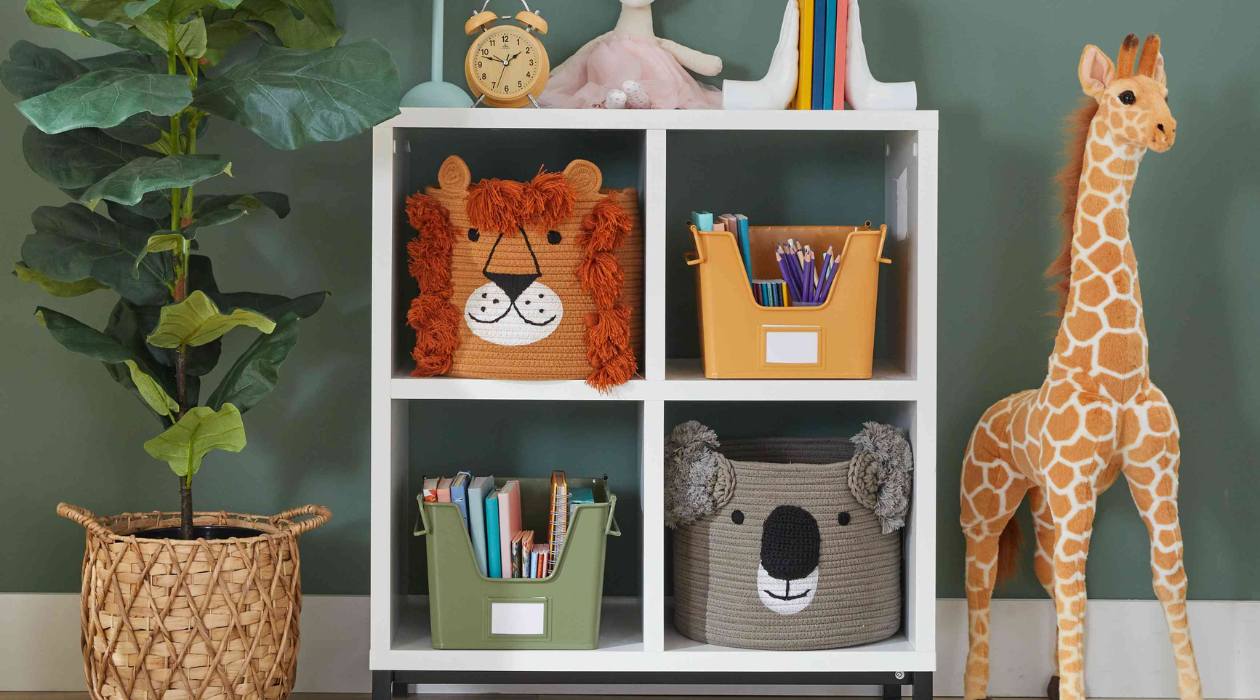
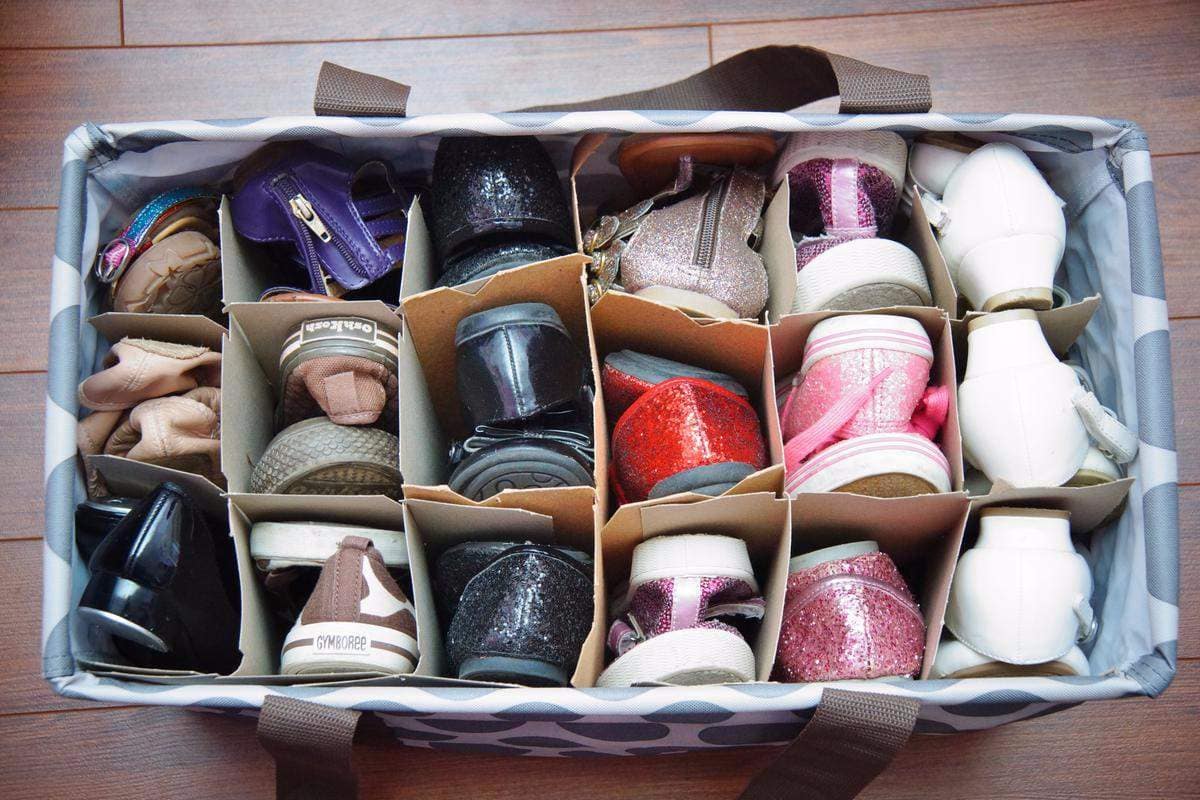
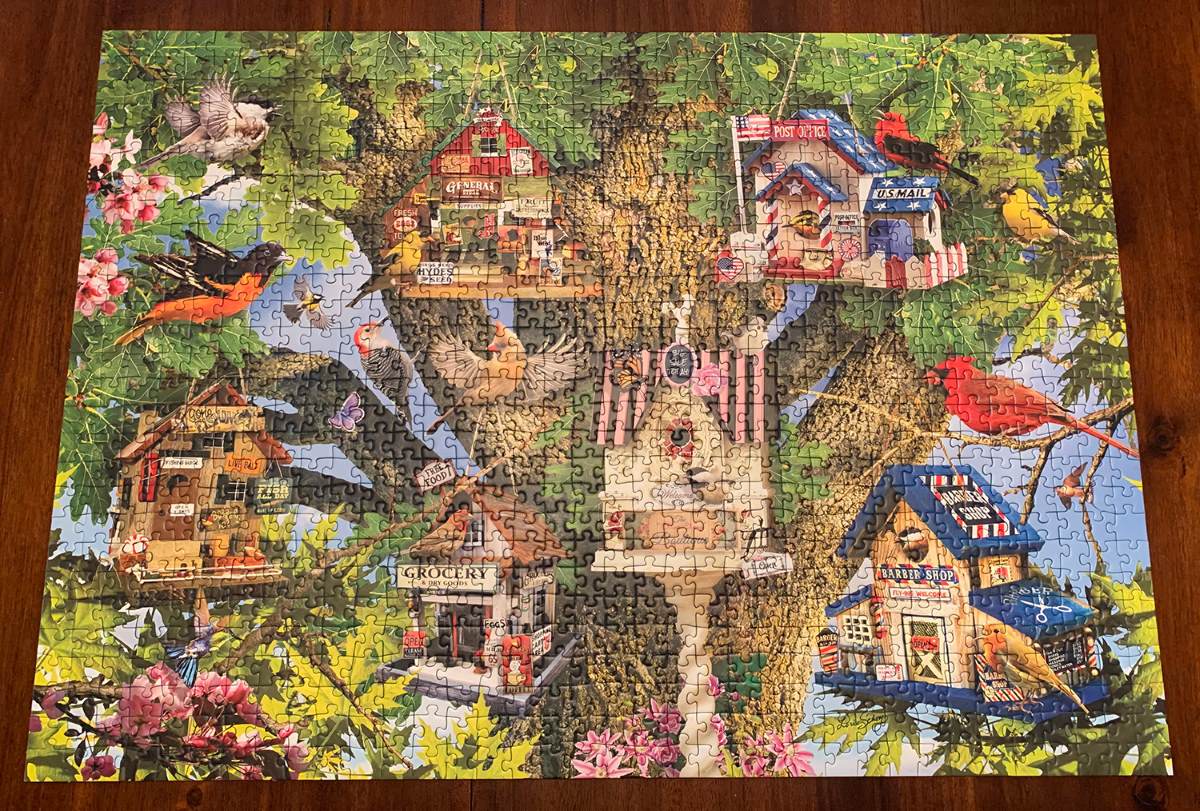

0 thoughts on “How To Store Puzzles For Toddlers”